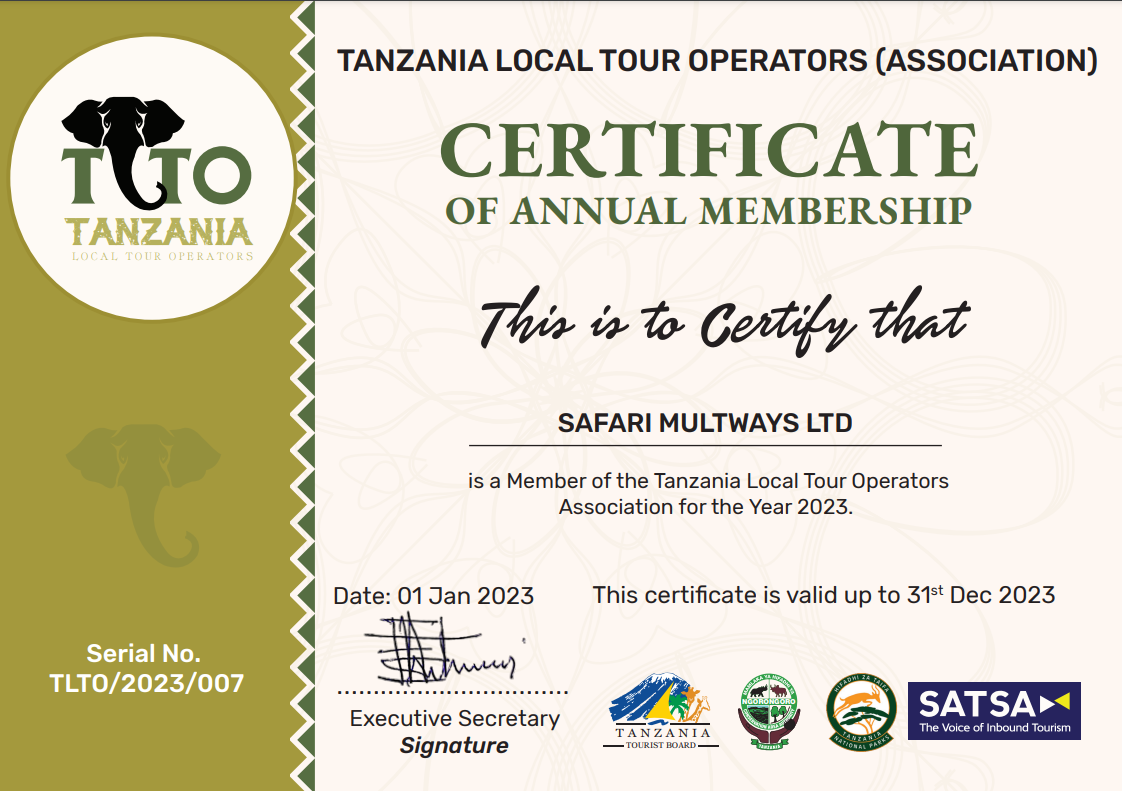The Geological Wonder of Ngorongoro Crater: A Tale of Earth’s History
Exploring the Magnificent Ngorongoro Crater
Nestled within the heart of Tanzania, the Ngorongoro Crater stands as a testament to the geological wonders that have shaped our planet over millions of years. This breathtaking natural amphitheater is often referred to as the "Eighth Wonder of the World," and for good reason. Spanning over 260 square kilometers and reaching depths of over 600 meters, the Ngorongoro Crater is a sight to behold for any nature enthusiast or history buff.
As one descends into the crater, a world of unparalleled beauty unfolds before their eyes. Lush greenery blankets the crater floor, providing a habitat for a diverse array of wildlife, including lions, elephants, and zebras. The crystal-clear waters of Lake Magadi shimmer in the sunlight, attracting flocks of flamingos and other waterfowl. The sheer size and diversity of life within the Ngorongoro Crater make it a truly unique and awe-inspiring destination for travelers from around the globe.
But beyond its stunning landscapes and abundant wildlife, the Ngorongoro Crater also holds a deep and fascinating history that dates back millions of years. Delving into the geological marvels of Earth’s past, one can uncover the secrets of how this natural wonder came to be.
Delving into the Geological Marvels of Earth’s Past
The Ngorongoro Crater was formed over 2.5 million years ago, during a massive volcanic eruption that created the Great Rift Valley. As molten lava spewed from the Earth’s crust, it gradually cooled and solidified, eventually forming the walls of the crater that we see today. Over time, the crater floor filled with water, creating a vast lake that supported a thriving ecosystem of plants and animals.
But the geological wonders of the Ngorongoro Crater go even deeper than its volcanic origins. The layers of rock that make up the walls of the crater contain a wealth of information about the Earth’s history, including evidence of past climate change, shifting continents, and even the evolution of early humans.
Fossilized remains of ancient plants and animals can be found within the sedimentary layers of the crater, providing scientists with valuable insights into the flora and fauna that once inhabited this region. The discovery of early human remains in nearby Olduvai Gorge has also shed light on our own evolutionary history, making the Ngorongoro Crater a crucial site for understanding the origins of mankind.
As visitors explore the Ngorongoro Crater, they are not only treated to stunning natural beauty but also given a rare glimpse into the geological forces that have shaped our planet over millions of years. From its volcanic origins to its role in the study of human evolution, this remarkable natural wonder truly encapsulates the rich history of Earth’s past.
In conclusion, the Ngorongoro Crater stands as a testament to the incredible forces that have shaped our planet over millions of years. From its stunning landscapes to its valuable geological insights, this unique natural wonder offers a glimpse into the deep history of Earth’s past. Whether you are a nature enthusiast, a history buff, or simply a curious traveler, a visit to the Ngorongoro Crater is sure to leave you in awe of the wonders of our planet.



